Built as a successor to the T-5N "Sparrow", the T-24C is built with CATOBAR operations in mind. Its agility is excellent all the way down to the Safe Operating Speed of the aircraft, and even in an induced flatspin it proves relatively easy to recover in over 90% of scenarios. An intuitive feature to reduce pilot workload are the automated flaps, relying on airspeed to deploy when needed.
Additionally, as standard two underwing Pylons are provided, for use with External Drop Tanks on endurance training sorties, as well as a Countermeasures suite should pilot training in SAM evasion be required.
Activation Groups/Mechanisation:
AG1- Deploy flaps to Takeoff position and unlock nosewheel (Flaps deploy below 250 mph)
AG2- Deploy flaps to second setting (Flaps deploy below 200 mph, should be combined with AG1).
AG3- Deploy arrestor hook.
AG4- Deploy airbrakes (Can be deployed above 180 mph).
Known issues:
Veering to left/right when making a takeoff roll on the runway. I don't know why this occurs, so attempting to compensate with Yaw is advised.
Sensitive landing gear. As with any custom gear, heavy landings WILL cause the gear assemblies to explode. Land as gently as possible, which is also surprisingly easy to do during Carrier Landings.
Enjoy.
Specifications
General Characteristics
- Successors 1 airplane(s)
- Created On Windows
- Wingspan 35.6ft (10.9m)
- Length 49.2ft (15.0m)
- Height 15.7ft (4.8m)
- Empty Weight 9,181lbs (4,164kg)
- Loaded Weight 17,503lbs (7,939kg)
Performance
- Power/Weight Ratio 3.466
- Wing Loading 34.1lbs/ft2 (166.3kg/m2)
- Wing Area 514.0ft2 (47.8m2)
- Drag Points 4978
Parts
- Number of Parts 219
- Control Surfaces 0
- Performance Cost 1,028

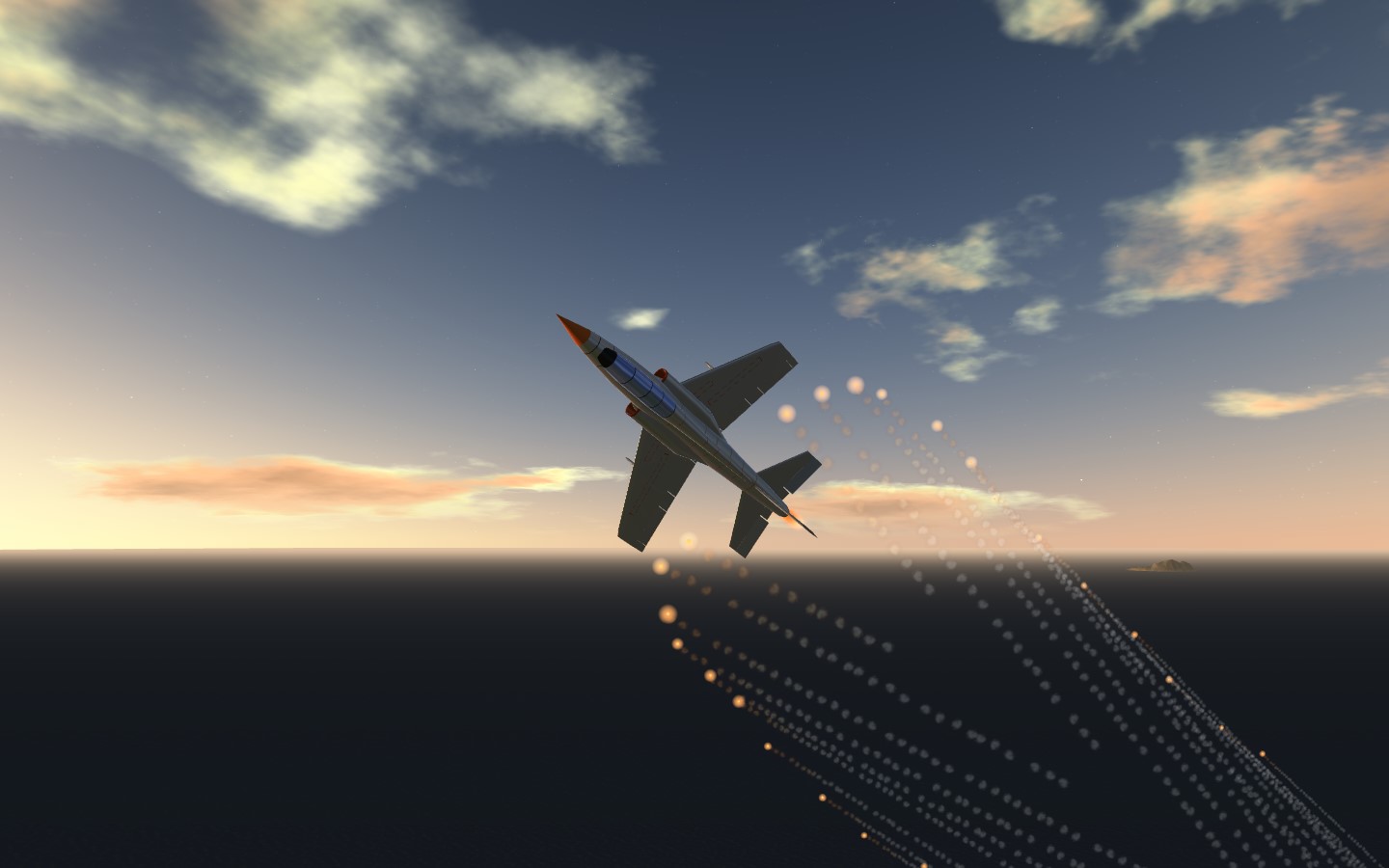
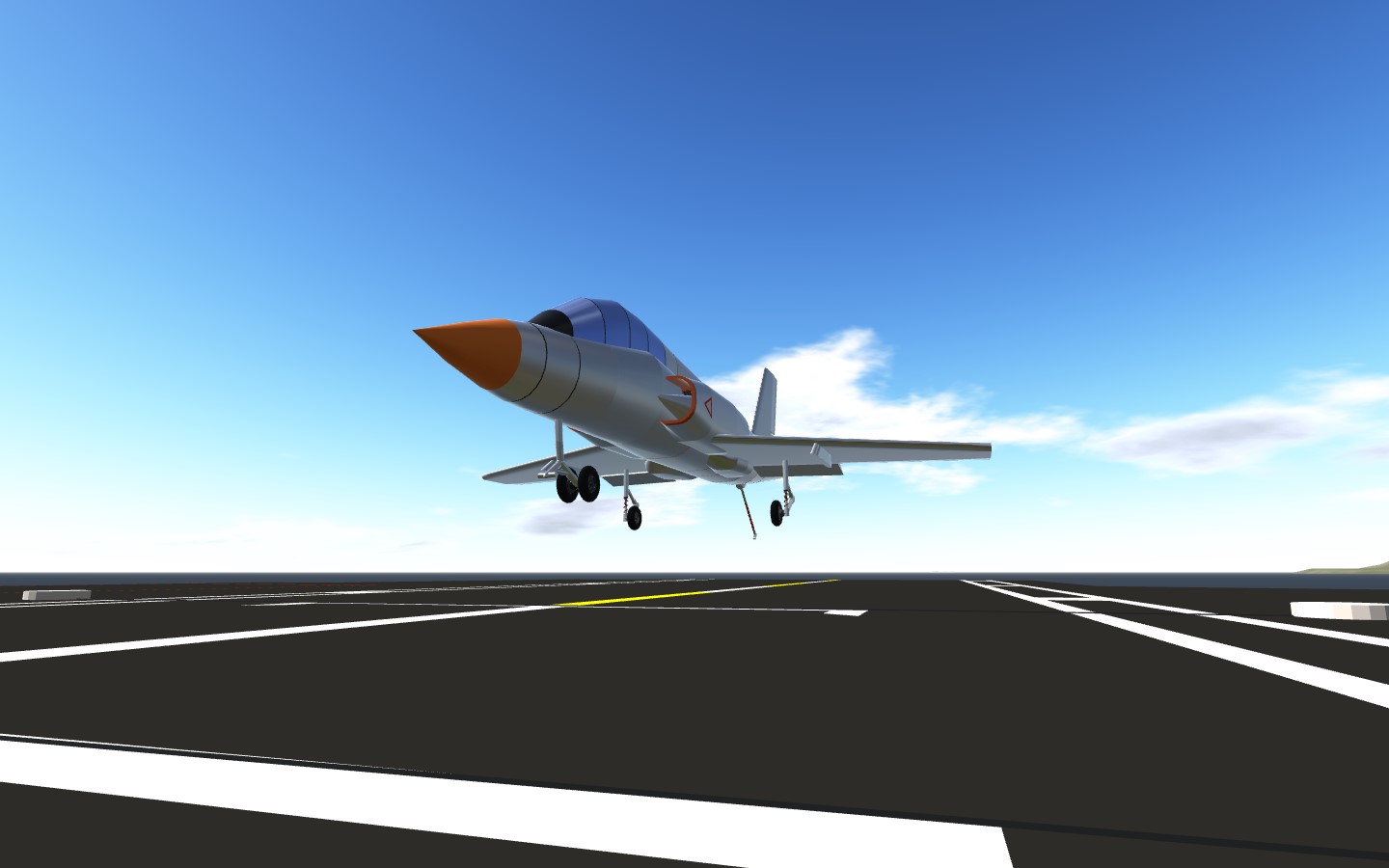
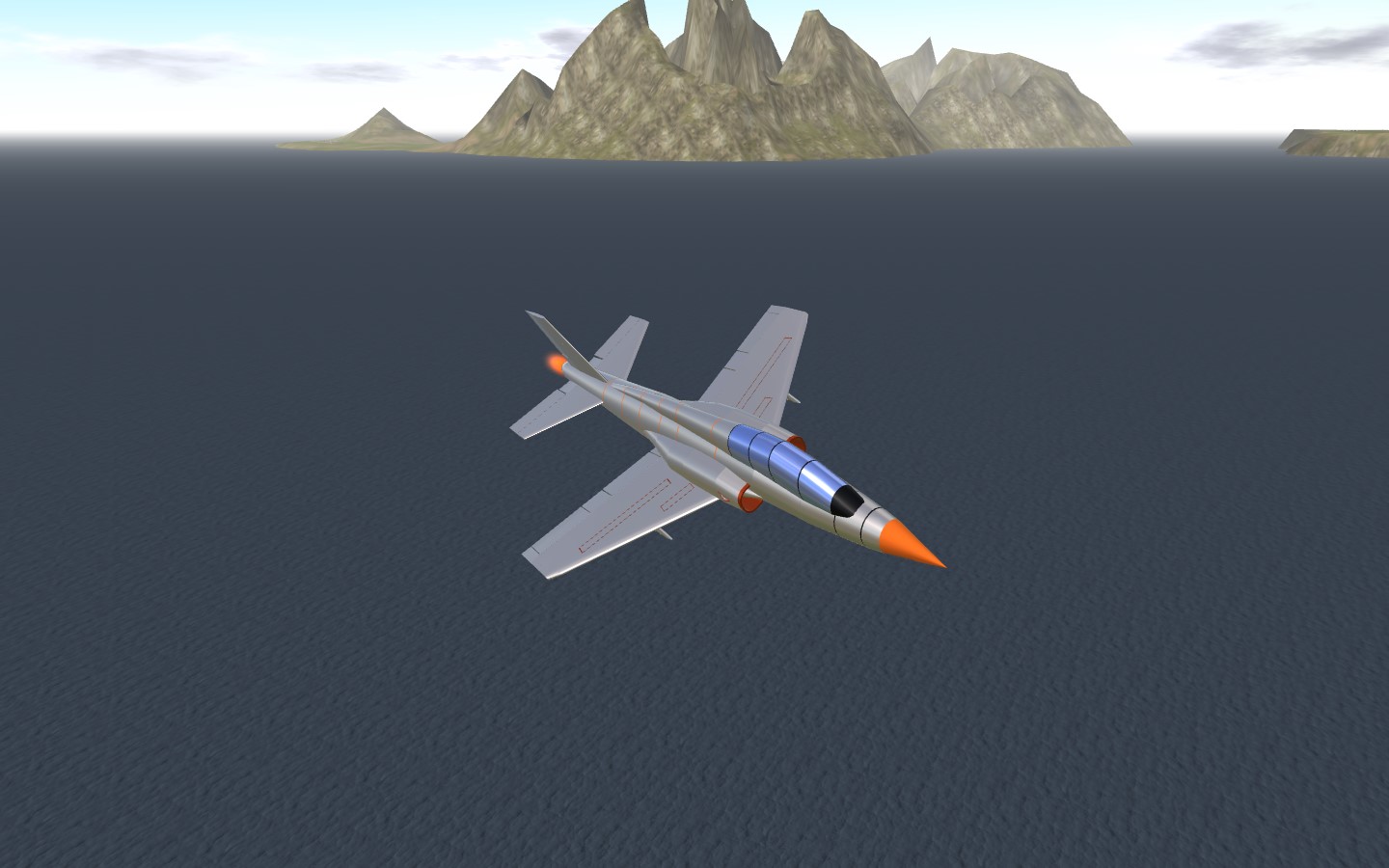
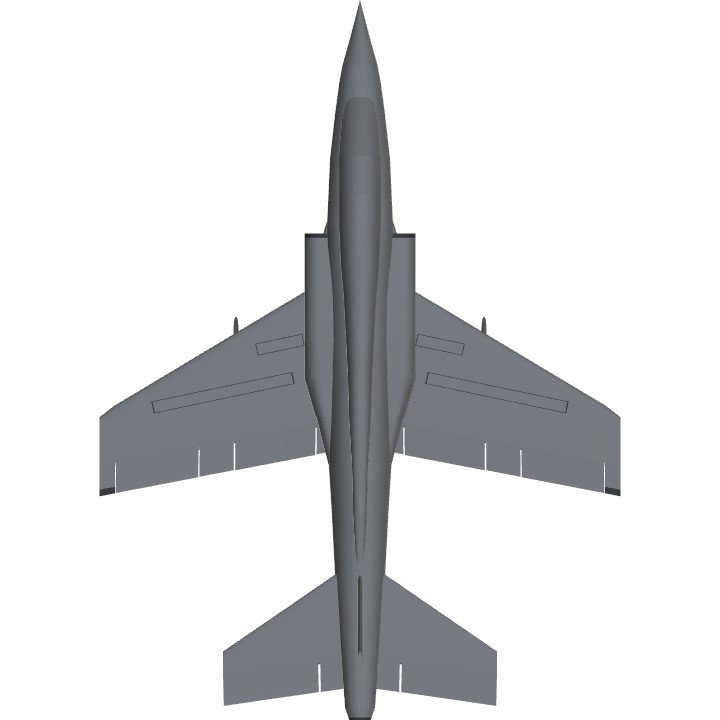
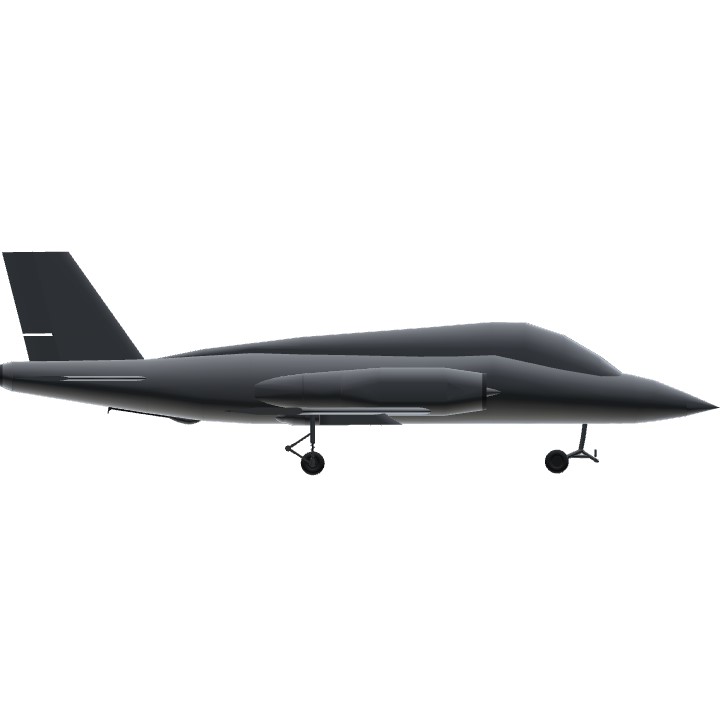
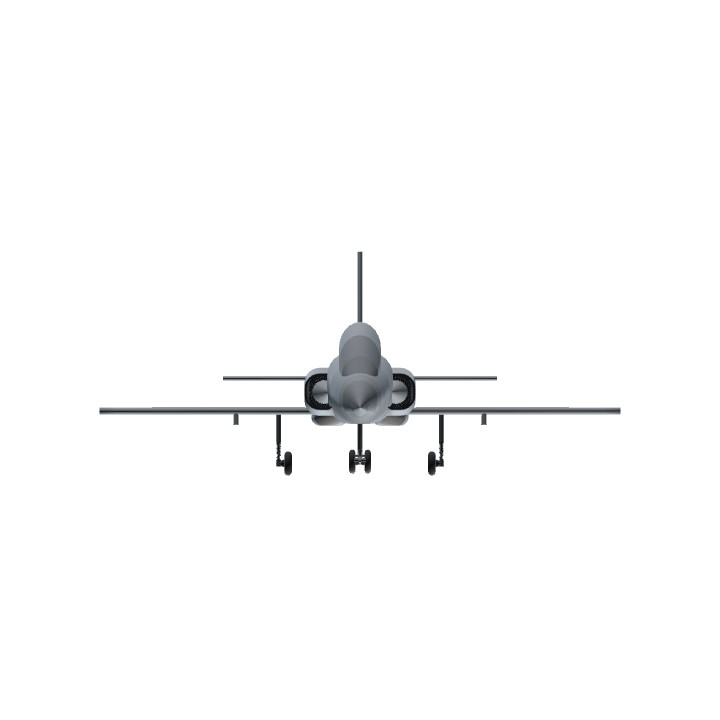
i like it